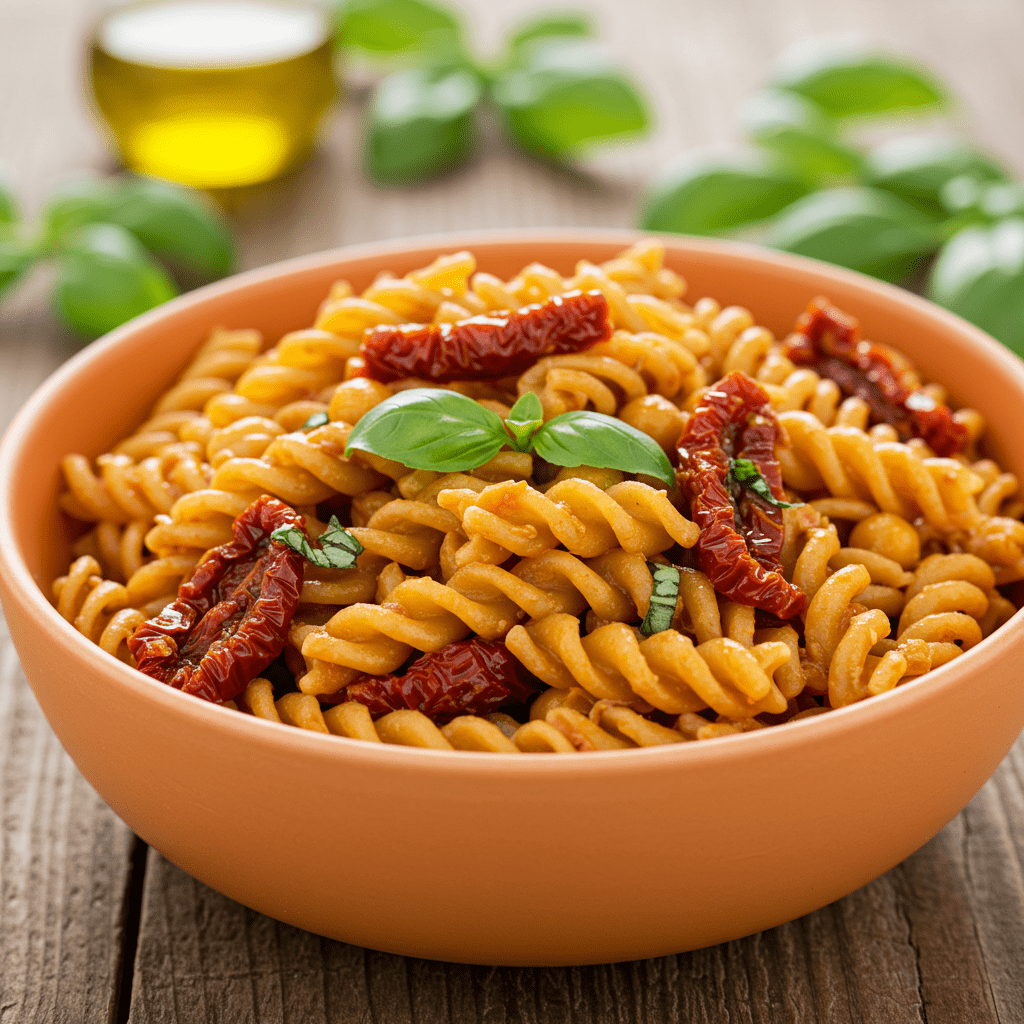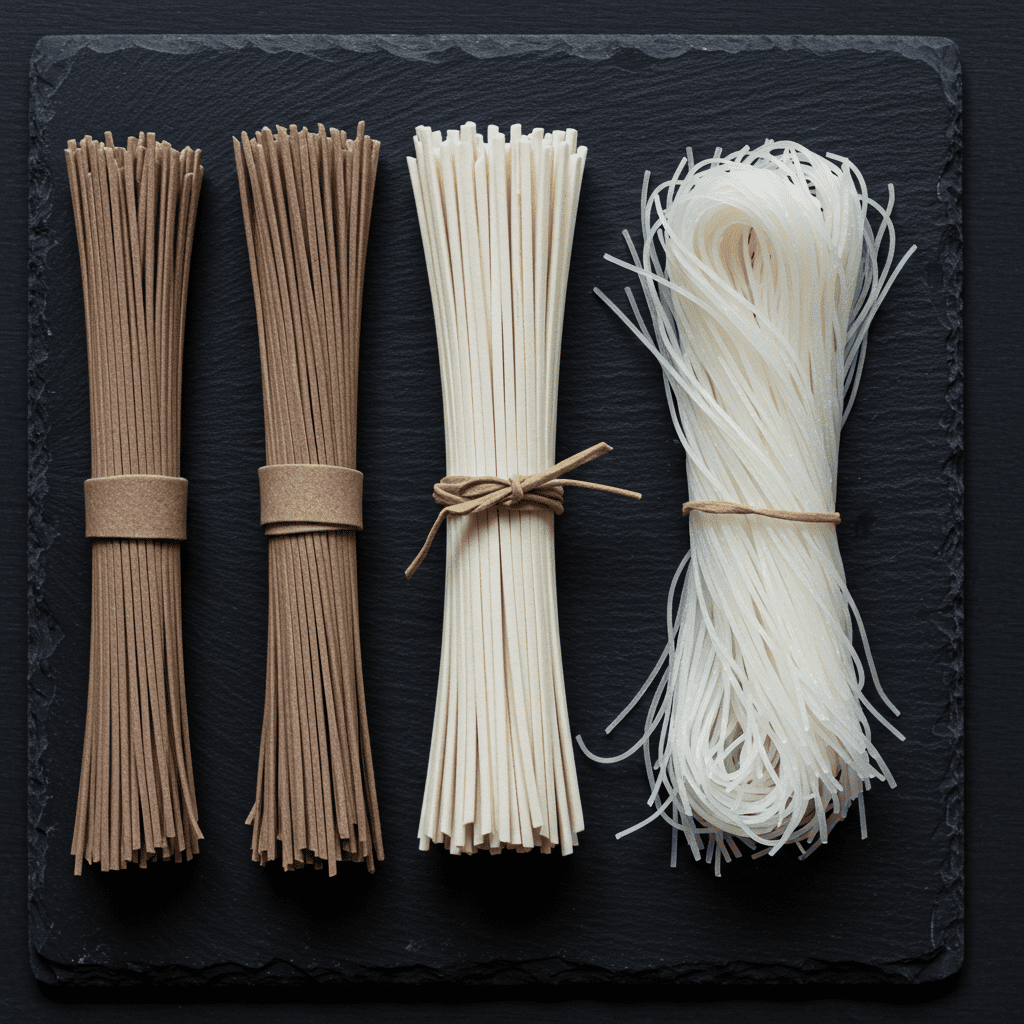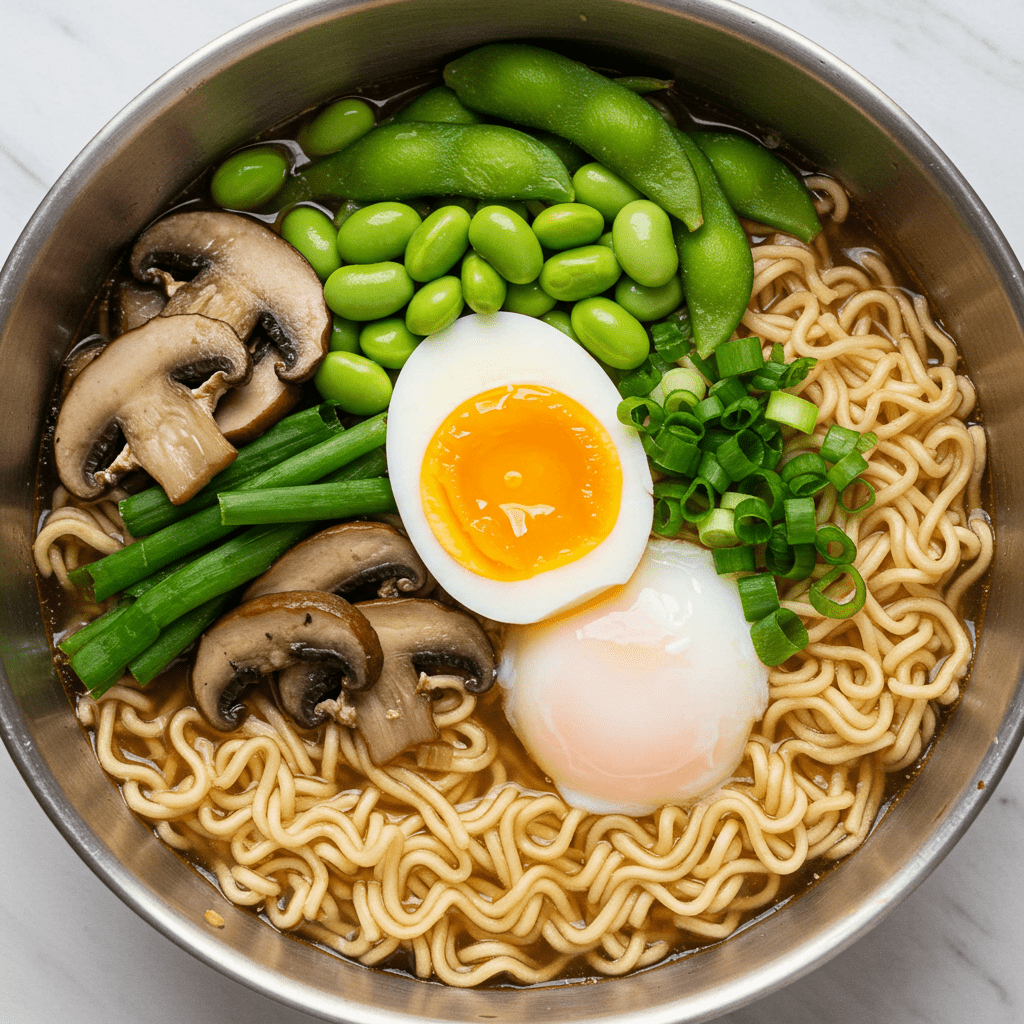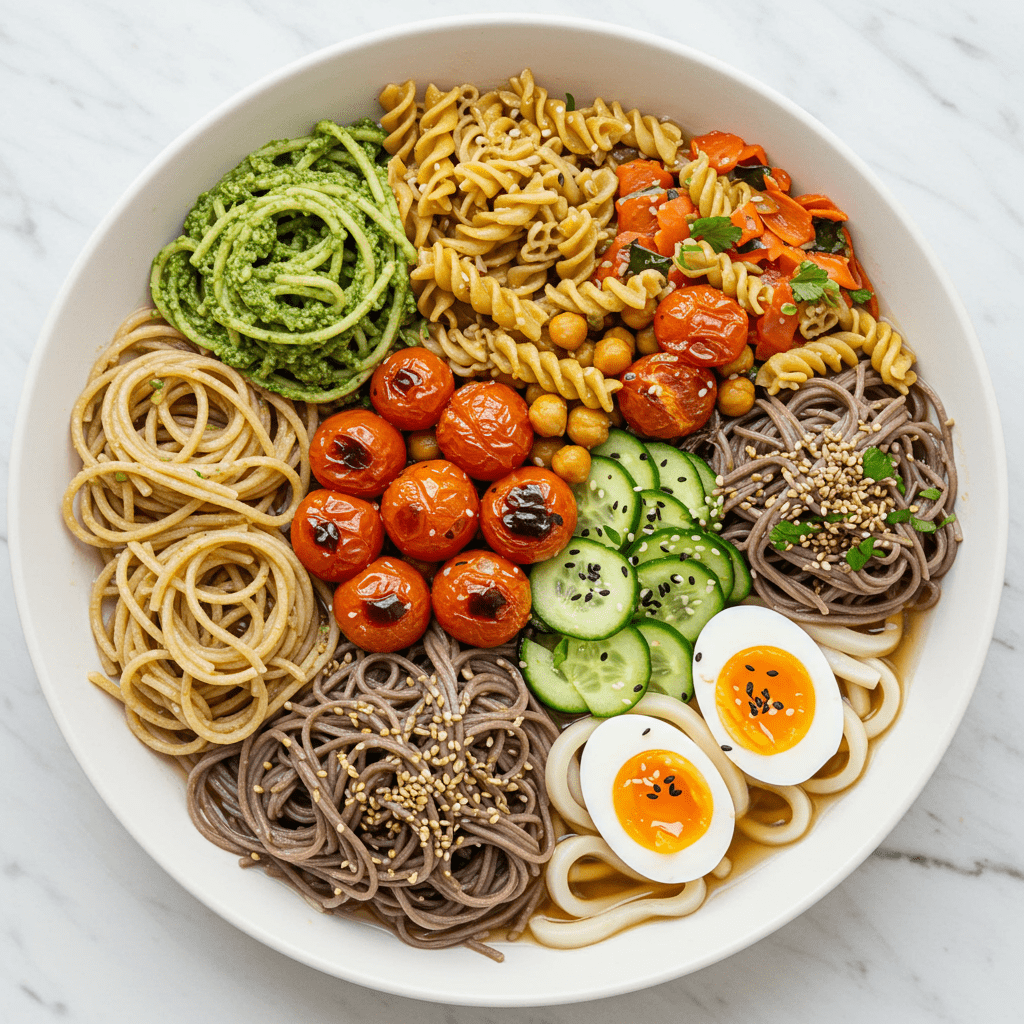Are Noodles Actually a Healthy Choice? A Dietitian’s Guide

As a Registered Dietitian, one of the most common questions I hear is, ‘Can I eat noodles and still be healthy?
‘ It’s a valid question in a world full of conflicting diet advice that often demonizes carbohydrates.
I’m here to give you the good news: absolutely.
Noodles of all kinds can have a place in a balanced, satisfying diet.
The key isn’t to banish them, but to understand the unique benefits of each type and learn how to build a meal around them that truly nourishes you.
Let’s move past the guilt and get smart about one of the world’s most beloved foods.
First, Why Are We So Afraid of Carbs?

Low-carb diets have given carbohydrates, the food group that includes noodles, a bad reputation.
But from a scientific standpoint, carbs are our body’s primary and preferred source of energy.
Think of them as the premium fuel for your brain, muscles, and organs.
When we eat carbohydrates, our body breaks them down into glucose, which provides the energy we need for everything from running a marathon to simply thinking clearly at our desks.
According to the Dietary Guidelines for Americans, carbohydrates should make up 45% to 65% of our total daily calories.
The key is choosing quality carbs most of the time.
This includes nutrient-dense options like fruits, vegetables, and, yes, certain types of noodles, especially whole grains.
The Classic Debate: White vs. Whole Wheat Pasta

This is the most common pasta aisle dilemma.
The difference comes down to how the wheat grain is processed.
A whole grain contains three parts: the bran (fiber-rich outer layer), the germ (nutrient-rich core), and the endosperm (starchy middle).
Whole wheat pasta uses all three, preserving its nutrients.
White pasta is made from just the endosperm, which is why it has a softer texture.
A typical 2-ounce serving of whole wheat spaghetti provides about 7 grams of fiber, while the same amount of white spaghetti has only about 3 grams.
That extra fiber is a huge health win—it aids digestion, helps stabilize blood sugar, and keeps you feeling full longer, as research from journals like The Lancet has consistently shown.
While many white pastas are enriched with B vitamins and iron, the fiber isn’t added back.
My advice?
If you enjoy its nutty flavor, whole wheat is a fantastic choice.
If you prefer white pasta, focus on pairing it with fiber-rich veggies and a lean protein to create a balanced meal.
What About High-Protein Pastas Like Chickpea and Lentil?

The pasta aisle has exploded with options made from legumes, and for good reason.
These are a nutritional powerhouse.
A 2-ounce serving of chickpea pasta, for example, packs an impressive 11-13 grams of protein and about 8 grams of fiber.
That’s nearly double the protein and fiber of traditional white pasta.
This powerful protein-fiber combination is a game-changer for satiety and blood sugar control.
Research published in the journal Nutrients in 2021 confirmed that meals containing pulses like chickpeas and lentils lead to a greater feeling of fullness.
This makes them an excellent choice for anyone, but especially for those on plant-based diets, athletes needing extra protein, or anyone with diabetes.
They are also naturally gluten-free.
The taste is mildly nutty and holds up well to robust sauces.
A Quick Tour of Common Asian Noodles

The world of Asian noodles is vast and delicious.
Here are a few common types: Soba Noodles: Made from buckwheat flour, these Japanese noodles have a nutty, earthy flavor.
100% buckwheat soba is gluten-free and a good source of fiber and manganese, which is important for bone health.
They are fantastic served cold in a salad or in hot broths.
Udon Noodles: These are thick, chewy wheat noodles.
Nutritionally, they are very similar to traditional white pasta.
Their satisfying, slurpable texture makes them a perfect vehicle for flavorful soups and stir-fries.
* Rice Noodles: Made from rice flour, these are a staple in many Southeast Asian cuisines and are naturally gluten-free.
They are typically lower in protein and fiber than other noodles, so it’s especially important to pair them with plenty of vegetables and a protein source like shrimp, tofu, or chicken to make a complete meal.
Can Instant Ramen Ever Be Healthy?

Instant ramen is beloved for being fast, cheap, and comforting.
However, the main nutritional drawback is the seasoning packet, which is loaded with sodium.
A standard package can contain over 1,500 mg of sodium—more than half the American Heart Association’s recommended daily limit of 2,300 mg.
But that doesn’t mean it’s off-limits.
To transform instant ramen into a more balanced meal, my dietitian-approved method is to ‘ditch the packet.
‘ Cook the noodles, drain them, and create your own broth using low-sodium stock, miso paste, or spices like garlic powder, ginger, and white pepper.
Then, load it up with nutrients.
Add a protein source like a soft-boiled egg or leftover chicken, and stir in quick-cooking vegetables like spinach, frozen corn, or shredded carrots.
You’ll get the comfort you crave without the sodium overload.
Putting It All Together: A Dietitian’s Formula for a Perfect Noodle Bowl

Instead of labeling noodles as ‘good’ or ‘bad,’ let’s focus on building a better bowl. No matter which noodle you choose, you can turn it into a nutritionally complete meal by following this simple, customizable formula:
1. Pick Your Noodle (1-2 cup cooked serving): Choose based on your preference and health goals.
2. Add a Protein (Palm-sized portion): This is key for staying full. Think grilled chicken, salmon, tofu, shrimp, lean ground turkey, or even a cup of lentils or chickpeas.
3. Pile on the Veggies (1-2 handfuls): The more, the better! Broccoli, bell peppers, spinach, zucchini, mushrooms, or asparagus add fiber, vitamins, and minerals.
4. Choose a Healthy Fat/Sauce (1-2 tablespoons): A pesto made with olive oil, a tomato-based marinara, or a peanut sauce adds flavor and can provide heart-healthy unsaturated fats. This simple framework ensures you get a satisfying meal with a balance of macronutrients every time.
Conclusion
Ultimately, the ‘healthiest’ noodle is the one that you enjoy as part of a varied and balanced diet.
While options like whole wheat and legume-based pastas offer a significant nutritional advantage in fiber and protein, there is absolutely no reason to cut out traditional white pasta or other favorites if you enjoy them.
The goal of healthy eating is nourishment and sustainability, not perfection.
By focusing on what you add to your noodles—lean proteins, colorful vegetables, and healthy fats—you can create a delicious, satisfying, and genuinely healthy meal with any noodle as your base.

[…] of Oats Overnight, a product that’s been flooding social media feeds. But is it actually a healthy choice, or just clever […]
[…] night doesn’t have to be a choice between convenience and healthy […]